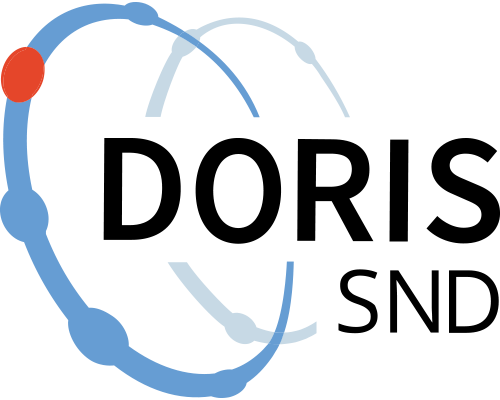Malmö Osteoporosis Prospective Risk Assessment cohort (OPRA) - 5-year follow-up
In OPRA, a total of 1,044 women (response rate 65%) underwent baseline investigation (1995-1999). Enrollment was continuous throughout the year to avoid seasonal bias. All women were 75 years at inclusion, community dwelling and Swedish citizens resident in Malmö; no exclusion criteria were applied. Additional investigations were performed after 5- and 10-years. The investigations included bone mineral density (BMD) and body composition measurements, anthropometrics and BioDex isokinetic muscle force. Questionnaires provide information on lifestyle, health, food/nutrition and hormonal function. Validated instruments for outcome (SF-36, EQ5D and Qualeffo-radius), ADL-function and mental status are also available. Information on adult fractures sustained prior to inclusion was collected and information on incident fractures was continuously registered until October 2012 (~15 years) through the X-rays files at the Radiology Department, Malmö, Skåne University Hospital. Blood and urine samples were collected. Extensive phenotyping includes: bone turnover markers, FRAX probability scores, a quantitative frailty index, kidney function (eGFR), serum biomarkers including the multiplex biomarker panel from OLINK (Multiplex CVD II), GWAS genotyping has been performed (Illumina Human Omni-Express Exome Beadchip). The longitudinal design makes this homogeneous cohort unique in enabling determination of genetic and long-term changes in risk factors and their influence on outcome with a minimum of cofounders. The cohort represents an important resource with which to understand skeletal integrity, containing as it does, now 90-year old women who have survived and are free of any fracture and women with one or multiple fractures. Purpose: The OPRA cohort was designed to enable identification of gene variants and other associated risk factors related to bone loss and fracture in elderly women already at an age when fracture incidence begins to increase.
